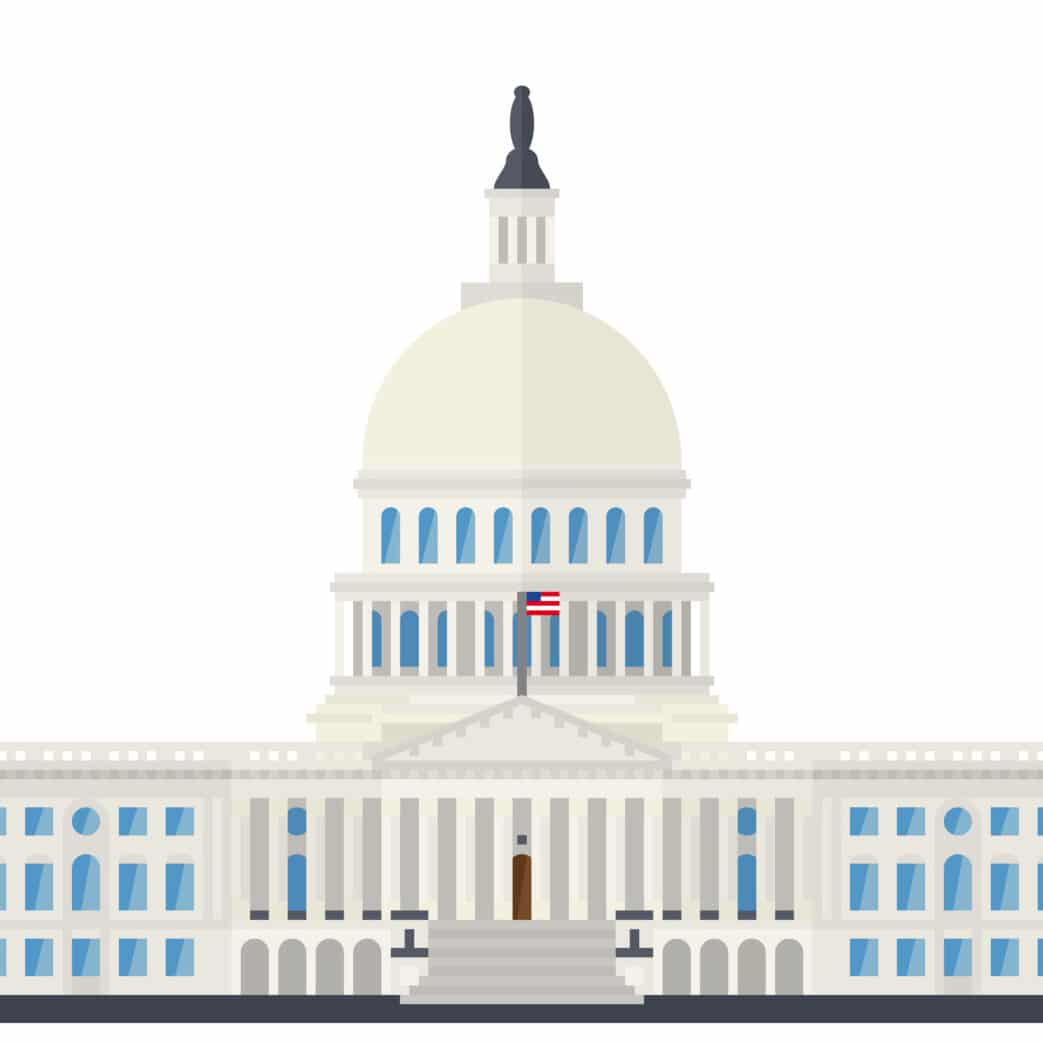Are Teachers Considered Government Employees?
One of the greater accomplishments of the modern era is the widespread access to a K-12 grade education available to all. Public schools are able to educate a higher number of citizens than ever before with the money granted to them by government departments. But wait, if public schools are government-funded, does that make teachers government employees?
Because of how public schools are organized in the United States, teachers are classified as state employees, not federal employees, and receive different benefits accordingly.
So, what does this mean for teachers? Are they missing out on certain benefits of being a government employee, or are they better served by the division of the federal education budget into districts by the state? Are there any notable benefits to being able to claim current government employment?
What’s the Difference: Federal, State, or Local Government?
The biggest difference between federal, state, and local government employees is in their interactions with the public. While employees of the federal government function on the largest level, they rarely interact with the people they represent. With the exception of postal servicemen and servicewomen, many people don’t know any federal employees on a personal or professional level unless they live in Washington D.C.
The same cannot be said of state and local government employees. Some local government jobs include garbage truck drivers, county road maintenance, librarians, city managers, and the like. State government jobs with which average people are most familiar are police officers, social services assistants, caseworkers, and teachers.
Though public schools—that is, grades K-12, as even public universities are operated differently—are government institutions, they are operated by each state’s government, rather than on a federal level. The state receives a certain amount of money from the federal government that they distribute to the various school districts within the state for use on a local level.
Because public schools are under the jurisdiction of the state, their teachers and other employees are therefore classified as state employees.
One notable difference that results from this is the difference in pay rates between branches of government. Though positions within the federal government may start at a lower salary, they have more room for growth. Where a state or local government position can reach its highest salary potential over a short period of time, a federal position can eventually obtain an even higher pay rate, long after similar positions on a state level have maxed out.
A benefit of being classified as state employees is the relative security being a government employee provides. There will always be a need for teachers. Currently, there is a great need for teachers and other educators, and as that deficit grows, so will job security for those employed as educators.
Federal employees may be entitled to different healthcare or insurance opportunities than state employees, though it varies depending on the area. However, though teachers are classified as state employees, they are not paid directly by the state.

Who Decides Teacher Salaries?
While schools are state institutions, there are many, many school districts within each state, sometimes well into the thousands. Rather than trying to manage all of these districts and the teachers who work in them remotely, the state delegates a percentage of the total education budget to each district for use. The amount of money a school district gets is determined by a variety of factors. Some of these factors are:
- Student count, which can be determined by a single day, multiple days, an average of days, or an enrollment period.
- Population percentages, which allocates funding specific to certain populations, such as schools that possess a high amount of English Language Learners, students from low-income homes, gifted and talented students, and special education students.
- Guaranteed dollar amount, where a state will provide a minimum that is guaranteed allocated to each district per student.
It is important to keep in mind that not all of the money allotted by the state will be given directly to teachers or instructors, but rather to the maintenance of the schools and education programs themselves.
Of course, state money can only go so far. Around 44% of the budget for a school district comes from local sources, including property taxes and donations, 8% from federal grants, and the rest (48%) from the state. With such a wide variety of sources for the budget, who, then, is responsible for paying teachers and other employees?
Though classified as state employees, salaries for teachers are set and paid by local governments, along with other school district costs. The school district uses the information they have on the needs of each school and the resources available to determine how funding is distributed.
Salaries for educators in the public education system are set using a salary guide for the district. Each salary guide is established through collaboration and negotiation between teachers’ unions and the district.
Teachers protesting low salaries and insufficient funding often petition state officials, but in reality, elected officials only have a small amount to do with the complex situation of funding. Ultimately, much of the decision-making surrounding teacher salaries and how funds are utilized lies with the leadership of each school district. They are typically the ones who set yearly wages, negotiate teacher contracts, and oversee the total budgets.
If you are a teacher and you feel underpaid, reach out to your local school district leaders as well as your teachers’ union representative. Though an immediate change is not guaranteed, you will know that there are people lobbying on your behalf.

